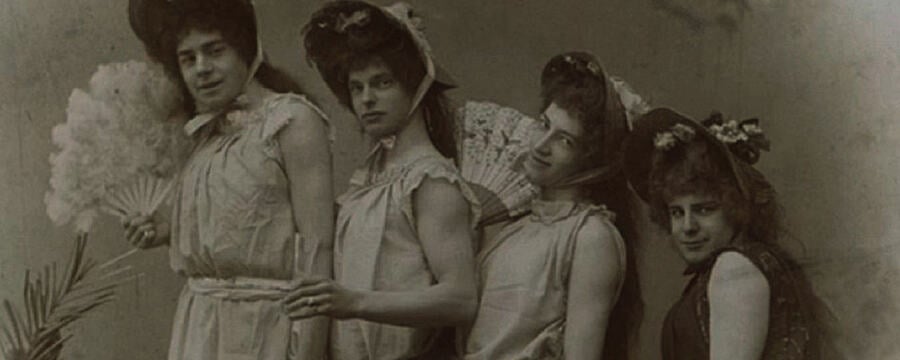Home / History / Gender & Feminism / A Global History of Sex and Gender: Bodies and Power in the Modern World / The Gendered Division of Care
This article is from the free online
A Global History of Sex and Gender: Bodies and Power in the Modern World


Reach your personal and professional goals
Unlock access to hundreds of expert online courses and degrees from top universities and educators to gain accredited qualifications and professional CV-building certificates.
Join over 18 million learners to launch, switch or build upon your career, all at your own pace, across a wide range of topic areas.

 J. Thompson, after D. Wilkie, ‘A female servant holds a small child whilst its fashionably dressed mother touches its face on her way out’, (1840). Credit: Wellcome Collection. Attribution 4.0 International (CC BY 4.0)
J. Thompson, after D. Wilkie, ‘A female servant holds a small child whilst its fashionably dressed mother touches its face on her way out’, (1840). Credit: Wellcome Collection. Attribution 4.0 International (CC BY 4.0) Andreas Bohnenstengel, ‘Visit to an old lady’ (1996). Credit: Andreas Bohnenstengel. Creative Coomons Attribution-Share Alike 3.0 Germany (CC BY-SA 3.0 de) license.
Andreas Bohnenstengel, ‘Visit to an old lady’ (1996). Credit: Andreas Bohnenstengel. Creative Coomons Attribution-Share Alike 3.0 Germany (CC BY-SA 3.0 de) license.





